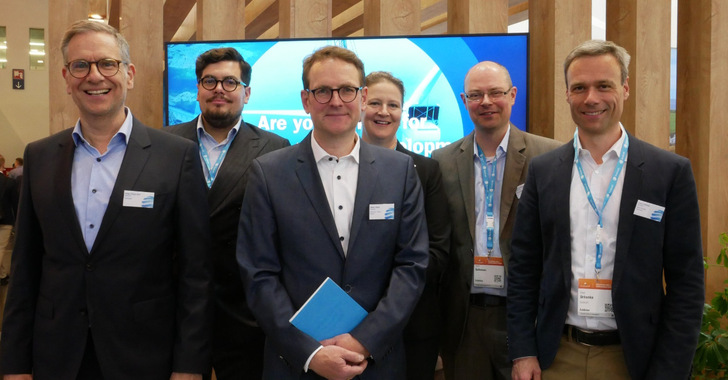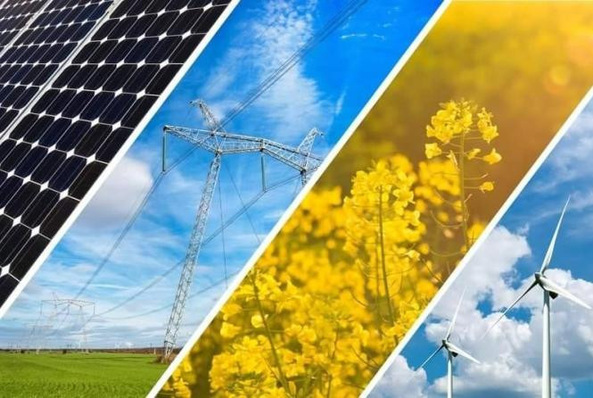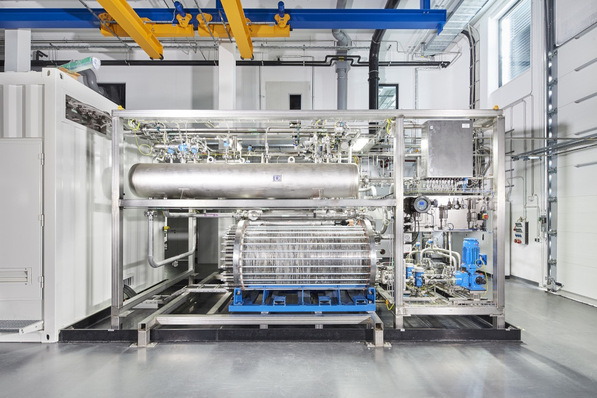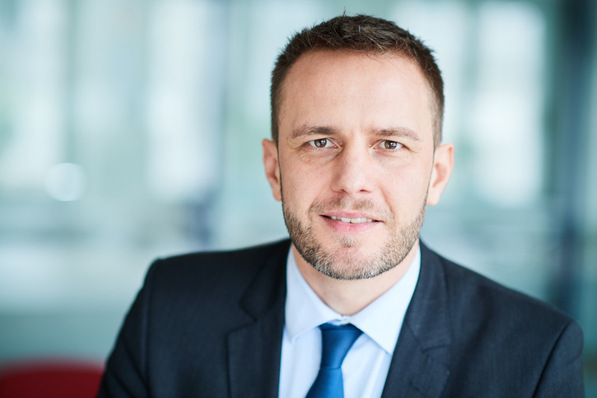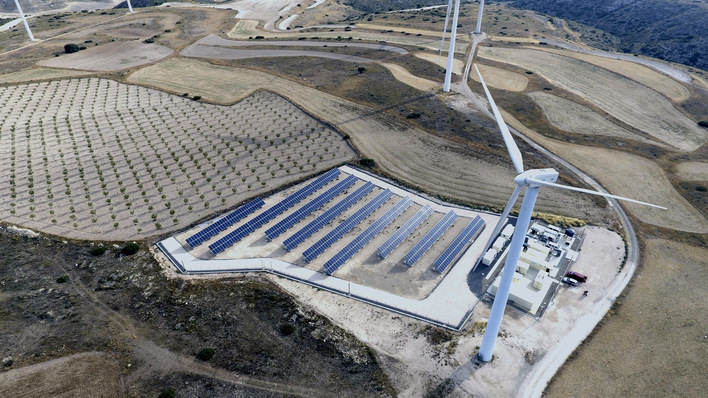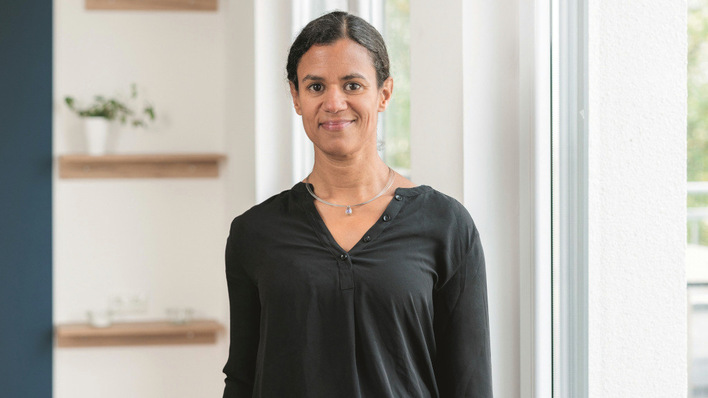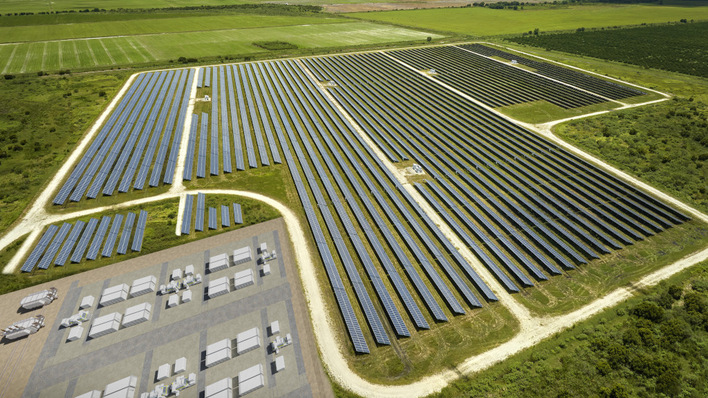"We are one of the most important companies for the energy transition with a unique combination of strength and flexibility. Our strong financial position is crucial on the way to becoming one of the global leaders in renewables," said Stefan-Jörg Göbel, Statkraft Country Manager in Germany at a press conference at E-world in Essen, Germany. Statkraft aims to build 2,500 to 3,000 MW annually worldwide from 2025, equivalent to one new renewable energy plant every nine days. In Germany, the company will also contribute to the success of the energy transition as a developer of energy projects, operator of renewable energy plants, marketer of renewable energy for its own and third-party plants, and industry partner for sustainable solutions, he said.
2,000 MW of wind and solar by 2030 in Germany
Against the backdrop of the ongoing energy crisis in Europe and advancing climate change, Statkraft believes it is strategically well positioned to play a key role in shaping the necessary transformation of the German energy system. "Germany faces the major challenge of massively accelerating the expansion of renewable energy - in order to meet climate targets and create a faster phase-out of fossil fuels. We can confront this challenge with very concrete solutions," Göbel said.
"We are building an organization that will be able to develop and build 300 to 500 MW of wind and solar capacity annually in Germany starting in 2027." By 2030, the company plans to operate 2,000 MW of installed wind and solar capacity. Together with its existing flexible plant portfolio in the order of 1,800 MW and its leading position as an energy marketer, Statkraft believes it is ideally positioned to implement the energy transition. The company did not announce its market entry as a developer in Germany until 2019.
Top 10 hydrogen producer in Germany
Statkraft aims to become a leading supplier of green hydrogen in selected Statkraft markets in Europe. In Germany, the company plans to have at least 250 MW of installed electrolysis capacity operational in 2030. As recently as April, Statkraft announced plans for a 10 MW pilot project at its existing power plant site in Emden, which is expected to be operational in 2025, subject to obtaining the necessary permits and funding. The aim is to operate electrolysers in Emden for the production of green hydrogen with a total capacity of up to 200 MW connected to the future hydrogen pipeline network by 2030. Other German power plant sites are currently being evaluated for their potential to produce green hydrogen.
Did you miss that? Statkraft-Alpla: Large long-term solar and wind PPA
"The use of existing infrastructure for the production of green hydrogen is crucial for economic and ecological reasons," explains Stefan-Jörg Göbel. In the first step, the green hydrogen will be used to decarbonize the regional transport sector in East Frisia. "If we can connect electrolysers to the pipeline network in the second step, we will also be able to supply large-scale green hydrogen to industrial companies nationwide," says Göbel.
Decarbonization with green energy solutions
Statkraft is consistently expanding its role as a bridge builder between the different needs of renewable energy producers and consumers. By signing numerous power purchase agreements over the past two years, the company has enabled the financing and operation of around 1,000 MW of subsidy-free renewable capacity in Germany. On the consumer side, during the same period, the company has emerged as an industry partner for large commercial and industrial consumers seeking to achieve both sustainability and climate goals, as well as price protection during periods of high electricity prices.
With the market ramp-up of hydrogen, the Norwegian marketing specialist will be able to further drive the decarbonization of industrial companies by selling green power to green hydrogen producers, but also offer solutions for optimized market access of hydrogen for the manufacturing side.
Necessary political course setting in Germany
Statkraft welcomes the numerous improvements in the Renewable Energy Sources Act (EEG) and related legislation, such as the easing of approval procedures for solar and wind projects in Germany. In the company's view, these will make it possible to overcome the faltering expansion of renewable energies. However, the company sees a need for improvement in the future promotion or financing of the expansion of renewable energies. "The amendment to the EEG sets important accents for a successful energy turnaround. However, it is of central importance that a coexistence of CfDs and PPAs will be possible when the support system is changed. It should not become mandatory to conclude a CfD," says Sascha Schröder, Vice President Central European Origination.
There is concern that the introduction of a contract-for-difference support system in Germany will slow down the developing power purchase agreement market and bring the forward market to a standstill. This should be avoided. In addition to the aspect of CO2 reduction, PPAs are an important instrument for industrial companies for a predictable and long-term hedge against rising or highly fluctuating electricity prices. Schröder is also critical of the subsidization of industrial electricity prices announced by German Economics Minister Robert Habeck, because this would weaken the incentive for green PPAs. (hcn)


